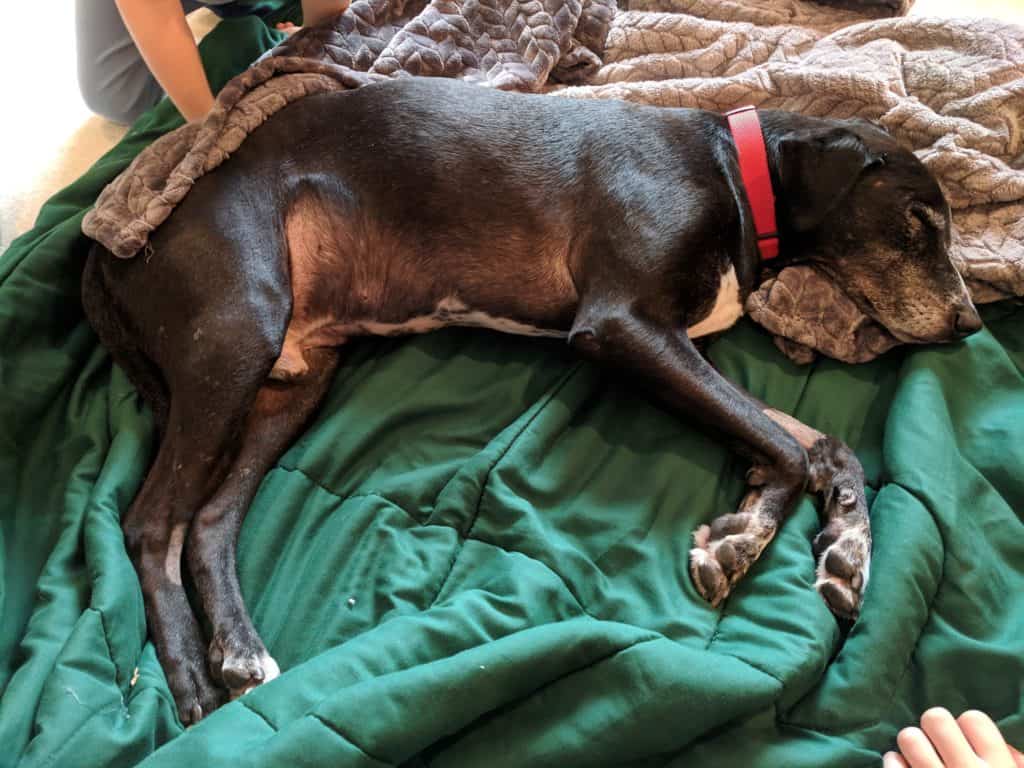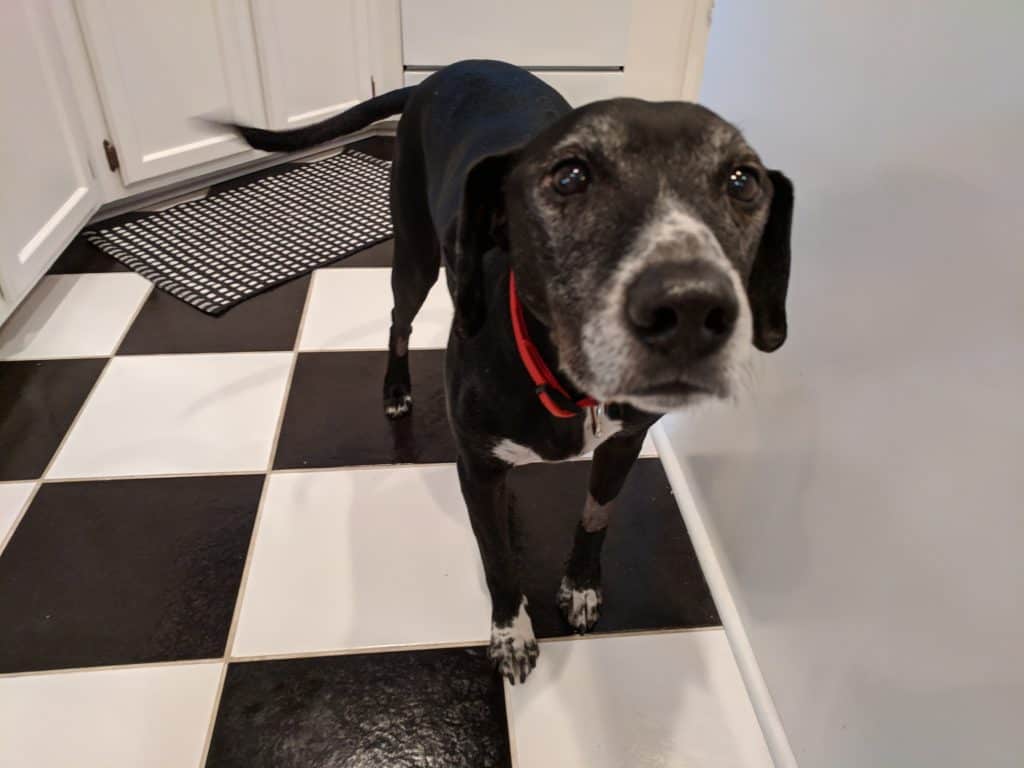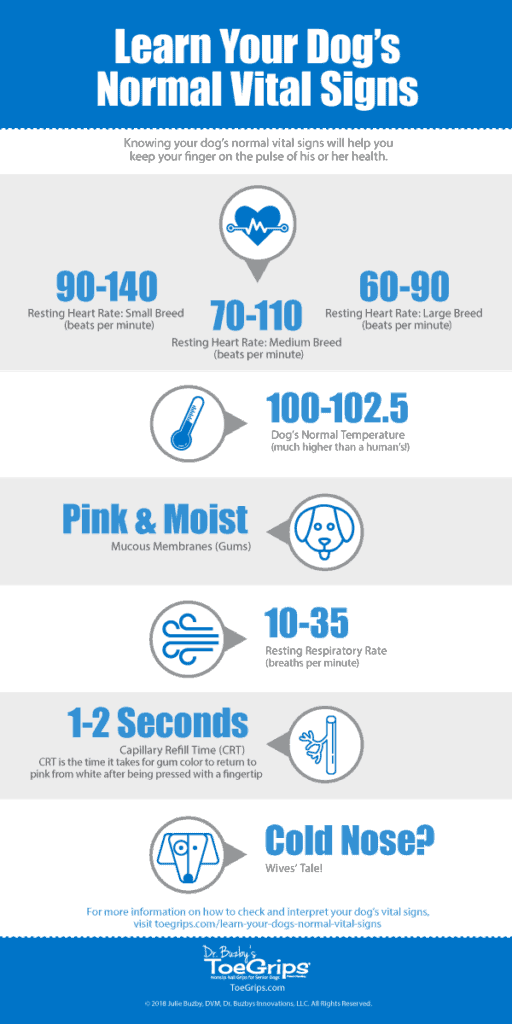Can dogs have chocolate? There’s nothing sweet about chocolate poisoning
There is only one answer to the question “Can dogs have chocolate?”
No.
Milk chocolate. Baker’s chocolate. Semi-sweet chocolate. For our canine companions, there is nothing sweet about chocolate or chocolate poisoning. However, while dog owners may understand that chocolate and dogs don’t mix, our lovable dogs do not.
That’s how I found myself on the other end of the stethoscope, so to speak, as my sister’s dog was at the ER being treated for chocolate poisoning. By sharing this true story of Banjo and the bag of semi-sweet chocolate chips, I hope to arm you with tips and resources you need in the case of chocolate poisoning.
Dog. Ate. Chocolate. Now what?
It was the night after Thanksgiving, and I sat in the waiting room of the veterinary emergency and critical care center next to my sister who was consumed by mom guilt and worry. Her beloved dog Banjo was “in the back” after eating half a pound of chocolate chips. While home alone at grandma’s house, Banjo had gotten into chocolate chips.
Upon returning from a family outing, my sister’s husband found the first piece of evidence. He held up Exhibit A—an empty chocolate chip bag that looked as though it had been licked clean, which in fact it had. Luckily, we had this clue and I could read the label on the package. Milk chocolate? White chocolate? Semi-sweet? The type of chocolate would help me determine the gravity of the situation and how I reacted to it.
Whether or not my sister noticed the shadow of concern that crossed my face, I could certainly see hers. As an informed dog mom, she knew the correct answer to the question “Can dogs have chocolate?” Banjo’s life depended on our quick action, her accurate estimate of the amount of chocolate he had eaten, and the type of chocolate he had consumed.
TIP #1: If you think your dog may have eaten chocolate, try to determine the type. This will help your vet assess the severity of the situation. As a rule of thumb, the darker and more bitter the chocolate, the more toxic. Baker’s chocolate is the absolute worst, and semi-sweet chocolate (aka dark chocolate) is right up there with it.
Using a chocolate toxicity calculator to estimate the severity of the dog’s chocolate poisoning
In addition to knowing what kind of chocolate was consumed, we needed an estimate of how much chocolate Banjo had eaten. Keri estimated that the bag had been half full, which meant he could have eaten six to eight ounces of semi-sweet chocolate chips.
At that point, I ran upstairs to my computer to triage Banjo. I needed to leave him briefly so that I could punch the data into a chocolate toxicity calculator. To get an accurate assessment, I entered three key pieces of data:
- The dog’s weight (Banjo weighed 44 pounds.)
- The type of chocolate consumed (He had eaten semi-sweet chocolate.)
- How much chocolate the dog ate in ounces. (In Banjo’s case, we estimated that he had eaten six to eight ounces.)
Using the chocolate toxicity calculator, six ounces for Banjo yielded this message: “Tremors and seizures…ER treatment needed!”
I reran the calculations for eight ounces of ingestion. When I did that, the image of an animated dog that appears along with the written results of the toxicity level fell over on his back with all four feet in the air and the words “potential death” flashed on the screen.
We were hours away from both my own veterinary practice and Banjo’s regular veterinarian. We had to seek veterinary care nearby. And time mattered.
TIP #2: If a dog ingests chocolate, TIME MATTERS! Do not use a wait and see approach.
TIP #3: Before an accident happens, practice using a chocolate toxicity calculator. If you ever have to use it in a crisis, you’ll be able to do it quickly and confidently.
Banjo shows symptoms of chocolate poisoning
Just a few minutes had passed since we had walked in the door and Banjo had greeted us with a wagging tail. But as I read the words “potential death” on the toxicity calculator, my four-year-old said, “Mom…I stepped in something,” and I knew that couldn’t be good. I would expect both vomiting and diarrhea from a dog poisoned by chocolate, and Banjo had delivered.
There, on the carpet with my son’s foot planted in the center, was a dark brown liquefied mess. I wasn’t sure if it was diarrhea or vomit. Either way, it was in Banjo’s favor because his system had kicked out a lot of the toxin, less to be digested and absorbed. (Our home team clean-up crew later identified it—along with three more piles—as vomit.)
While I was running downstairs with news about the toxicity levels, my nephew announced, “Banjo’s hind legs are shaking.”
I had packed my stethoscope for our Thanksgiving road trip, so I quickly dug it out and listened to Banjo’s heart. I was listening for an elevated heart rate and an abnormal heart rhythm. His heart rate and rhythm were both normal. Two wins, I thought!
TIP #4: Signs of chocolate poisoning include vomiting, diarrhea, tremors, elevated heart rate, and an abnormal heart rhythm.
TIP #5: By knowing your dog’s normal vital signs, you will have a baseline of information in the case of accidental chocolate poisoning.
The report from Banjo’s visit to the ER
The best course of action for Banjo was to go to a 24-hour emergency veterinary facility where he would receive overnight monitoring and treatment. After examination, the ER vet reported that Banjo was exhibiting signs of central nervous system excitability and his heart rate had climbed to 250 beats per minute. (Granted, when dogs get excited—ie. arriving at the ER hospital— their heart rates go up. But 250 beats per minute is an extremely high heart rate for an adult, larger-breed dog.)
They had induced vomiting and the plan was to keep Banjo overnight on IV fluids, give him a sedative to help him relax and a medication to help lower his heart rate called propranolol.
After hearing all this, my sister said with wide eyes, “Oh, this sounds much worse than what we thought.”
I said, “Well, hang on a second. I think there’s a good prognosis with appropriate treatment,” and I looked at the vet for back up.
After the standard “no guarantees” opening disclaimer, she offered her reassurance and promised to call first thing in the morning with an update. And if there were any changes during his overnight stay, she would call immediately.
Sensing that the consult was over, I said to my sister, “Do you want to say goodbye to Banjo?” I looked at the vet, and I said, “Would that be okay?” She looked at me like, “Oh, lady, are you really a vet?” And here’s why: Banjo was settled. He was getting his treatments. Veterinarians know that a visit would cause a disruption to the patient.
But I think somewhere in the deep recesses of my subconscious I had this thought…
What if Banjo doesn’t make it?
I knew my sister would never forgive herself for not saying goodbye, so I had blurted out the suggestion. My sister calmly said, “Well, wouldn’t that get him all keyed up? I’m okay not saying goodbye. I think it’s better for him.”
Those words of unconditional love for her dog touched my heart.
The dog’s recovery from eating chocolate
Keri got a call early the next morning from the ER vet. Banjo was doing well enough to go home. Thankfully, his story had a happy ending. But not all do. Two of my veterinary colleagues had lost patients to chocolate toxicity. However, in both of those cases, there was a significant lag time between ingestion and veterinary treatment.

What can you learn from Banjo’s experience?

Remember, if your dog ingests chocolate or any toxin, it’s always less dangerous for your dog if you take a “triage and treat early” approach. Our swift action may have saved Banjo’s life.
Finally, keep important phone numbers and information handy including:
- ASPCA Animal Poison Control Center: If your regular veterinarian is not open, you cannot go wrong calling the Animal Poison Control Center. There is a fee involved, but it’s the best money you can spend in an emergency.
ANIMAL POISON CONTROL:
(888) 426-4435
- Your veterinarian’s name and phone number.
- The chocolate toxicity calculator. Bookmark this page:
Pet MD’s chocolate toxicity calculator
- Your dog’s normal vital signs. Learning your dog’s normal vital signs, and therefore knowing what is not normal, just might save your dog’s life someday. Check out the infographic below or listen to A Vital Podcast: Learn Your Dog’s Vital Signs to gather your dog’s health baseline.



As always, your information is so helpful! I never knew about the toxicity calculator, now bookmarked, and the normal vital signs info is printed and with my dig first aid supplies. Thank you so much!
Thanks for your encouraging words, P. Gailey! Many blessings to you and your dog! ❤️
My cavalier got into a bowl of chocolate icing (took some real effort on her part!!!) She ate half the bowl. Base? 3 squares unsweetened baking chocolate. Luckily, I knew it within 15 minutes and we were off to the ER. Same treatment as you described, followed by a day at her regular vet. (ER vet only open nights, weekends and holidays). She came thru fine, but it could have been tragic
Thanks for sharing your experience, Shirley. I’m so glad your dog was okay! What really struck me during our incident with Banjo was that emergencies can happen to conscientious, meticulous, knowledgeable pet parents, and we all should be prepared. Great job being vigilant!
Did the emergency vet actually do anything other than monitor Banjo? IV, encourage vomiting, etc.? What would they have done if he worsened? Just curious what chocolate poisoning protocol is.
Good question, Chris. They induced vomiting and the plan was to keep Banjo overnight on IV fluids, give him a sedative to help him relax and a medication (called propranolol) to help lower his heart rate. The treatment is essentially symptomatic, meaning treating the symptoms of the toxicity until it’s out of the system.